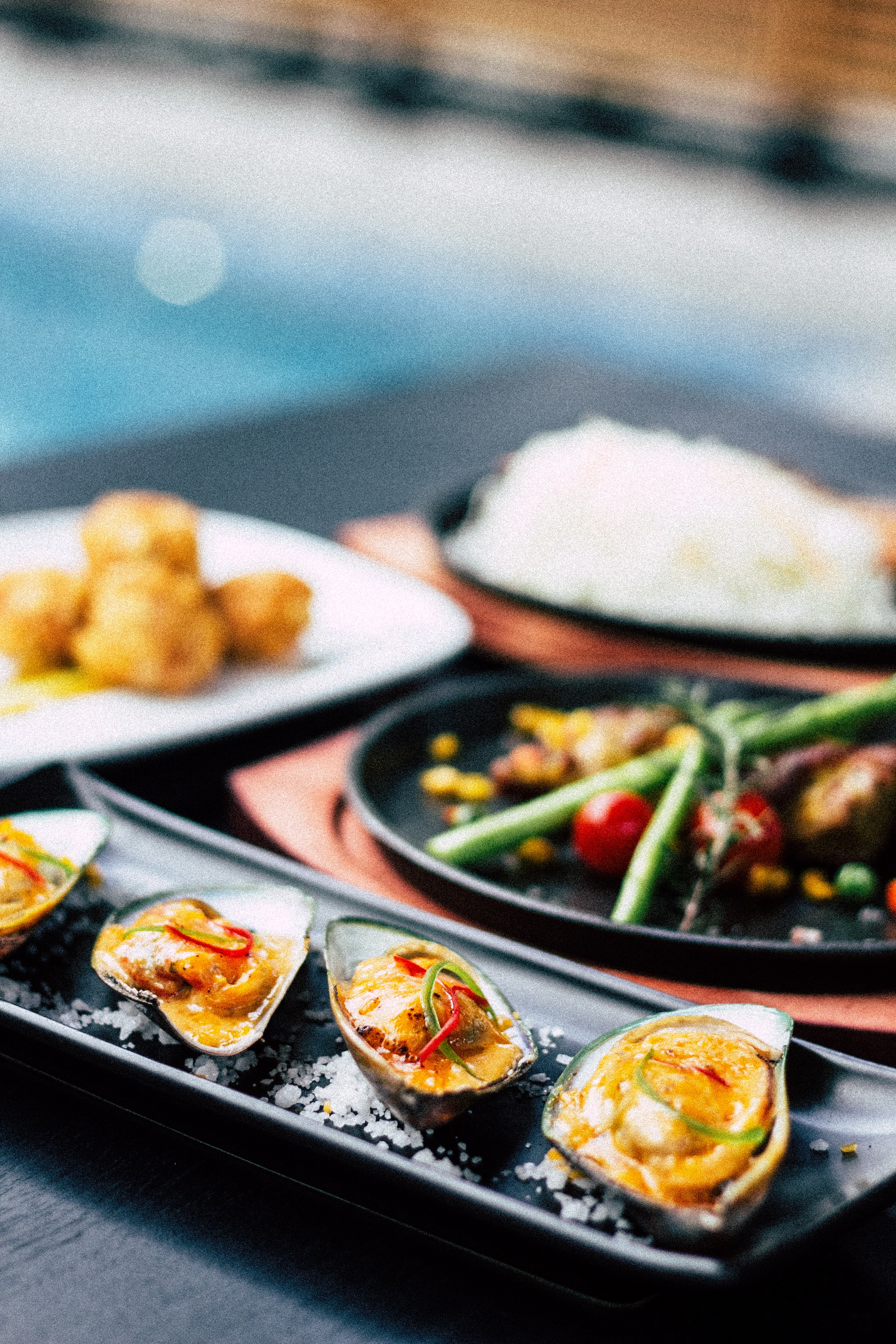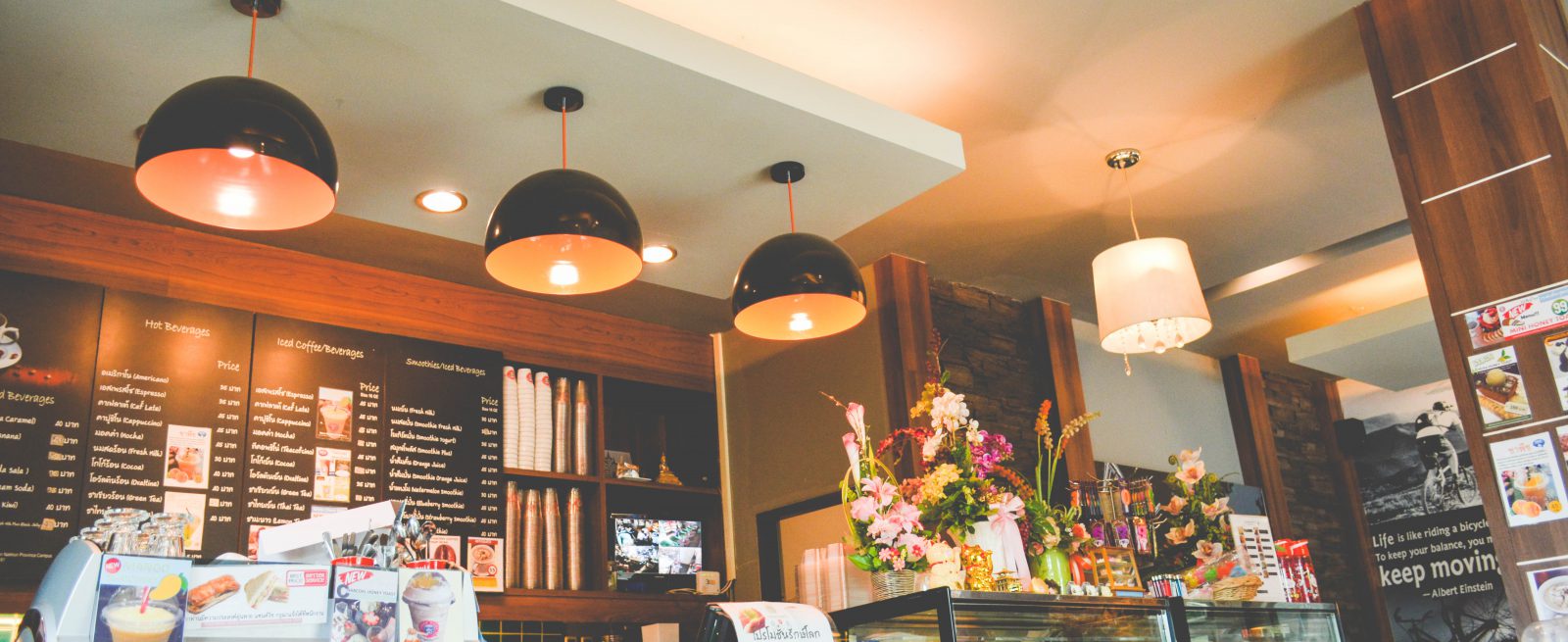Seven Rules to Write Engaging Restaurant Brochures
3 Min Read By Tom Jager
A restaurant brochure is more than just a two-to-three fold piece of paper describing your dishes and offers. Above all, it’s a solid reflection of your theme, brand and quality. The restaurant brochure has become a strategic method of influencing customers into choosing your restaurant as their next dinner place. This thin piece of paper has turned into a legitimate source of profit.
Here are seven must-dos to write the perfect restaurant brochure:
Keep Your Brochures Short
Long menus with too many pages can confuse people, and soon enough, they’ll get tired of having to make a choice. It would be more effective to narrow down your restaurant’s best offerings, highlight the best dishes and show off your most-popular items. This helps your customer make easier decisions and make them go for the menu item that you want them to buy.
Ideally, brochures for cafes and bistros should be one to two pages, while catering services are usually longer. Remember, this isn’t a restaurant menu you’re writing. You’re writing a brochure and only need to showcase the best food from each category. Listing all of the dishes on your menu will make your brochure look crowded, unorganized and cheap.
Keep Your Audience in Mind
It’s import to learn about your customer demographics so you can get an idea of who your customers are and should be. Understanding your customer base lets you know their preference, which should affect how you write your restaurant brochure.
If your restaurant serves set meals for families with young children, your restaurant brochure – as well as your dishes – should be easy to understand even for a child. For instance, you could write “yummy” instead of “delectable” so that the youngest one in the family can decide for themselves. On the other hand, if your restaurant is tailored to suit the more expensive taste of an elite crowd, you should opt to write in a polished manner.
Be Aware of Placement
An effective restaurant brochure is nothing without proper placement and design. This is where you’re going to need a professional layout artist to design a theme-appropriate brochure. When writing the content of your brochure, you should already be aware of how much space you’re going to work with. To give you an idea of text placement, here are two things to keep in mind:
-
Items placed on the right side of a menu usually sell more than items on the left.
-
The first and the last dish on a page are typically the most ordered dishes.
Stick to Your Restaurant’s Identity
Do you know your restaurant’s overall concept? Your restaurant’s concept is its general idea. Basically, its identity. The concept is inspired by personal taste, experience and local ingredient availability. Whatever it is, your identity should reflect on how you describe the dishes on the menu. For example, if you own a French-inspired restaurant, you wouldn’t write coffee with milk, but instead cafe au lait. What this accomplishes is elevate the dining experience, immersing your customers in your concept.
Highlight Your Best
Highlighting a restaurant special or a limited time offer is a clever way of seeing how the dish will be received by your customers. But, you shouldn’t highlight too many things. Highlighting too many dishes makes each dish lose its “special” value. If everything seems exclusive, then nothing truly is exclusive.
In your restaurant brochure, dedicate one whole page to showcase your special or your limited time offer. With the right images, you’ll have customers flocking to your restaurant just to order the highlighted dish in no time.
Make Your Customers’ Mouths Water
This is where you need to unleash the creative writer in you. While you should make sure that your writing style isn’t too complicated, you should also use some tantalizing terms that will tickle your customers’ taste buds. The goal is to make your customers hungry even when they aren’t.
These tantalizing words should play on your customer’s senses. The following are some examples of effective words you can use to describe dishes:
- Crisp
- Delicate
- Succulent
- Smoky
- Tender
- Zesty
- Savory
- Rich
- Locally-sourced
If your restaurant is more high end, you could throw in some pretentious-sounding terms in there, as well. But, if you’re having trouble making your restaurant brochure dishes sound appetizing, there are professional writing services that specialize in description writing.
Write Cleverly About Money
It may seem like no big deal, but how you write and where you place the cost of a dish will affect your customer’s choice. There are some restaurants that take away the dollar sign from the price to make people forget that they’re spending money. Others choose to spell out the price because it was found to encourage diners to spend more. For instance, $12 is written as twelve dollars. Another tactic is using nested pricing which places the price at the end of the dish’s description.
Conclusion
A properly-written restaurant brochure does more than just showcase your restaurant’s products and services. Ultimately, it establishes your brand and shows off the degree of dedication the owner has toward building their business. With a well-designed and well-written restaurant brochure, you get to attract potential customers and keep loyal customers coming back for more.

